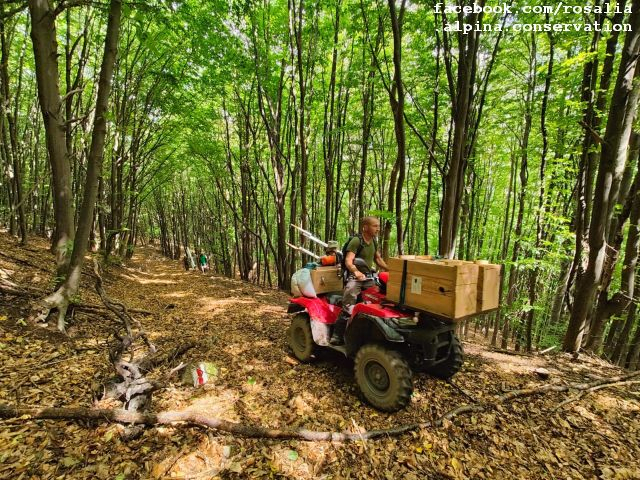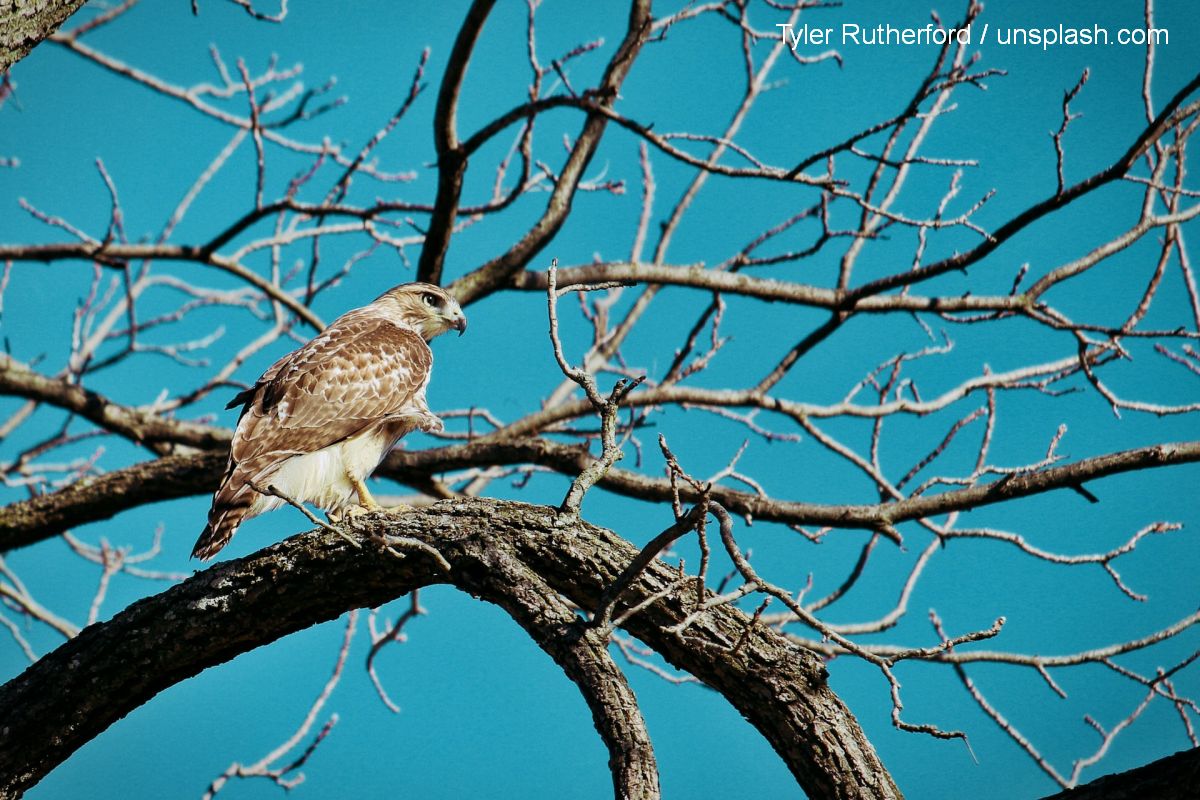From Polluted to Clean Waters in Mahmudia
In 2016, the town of Mahmudia finalized its first ecological restoration project in the Danube Delta

Eugen Coroianu, 30.09.2022, 02:09
In 2016, the town of Mahmudia, in the Carasuhat area, finalized its first ecological restoration project in the Danube Delta. Its artisans were representatives of the local community, such as the Mahmudia Local Council, the Danube Delta Biosphere Reservation Administration, and the WWF, the Romania branch. The financing was sourced from European funds. In essence, almost 1,000 ha of farmland have been reintegrated in the natural environment in the area.
The building of the Carasuhat farming area was done between 1985 and 1989, but the works stopped in 1990. As such, the project was not functional to the extent of 70% to the level it was designed to, but was also not restored to nature either. The drainage work done here led to the disappearance of natural ecosystems, and turned them into anthropic areas. This area is being used right now, being under a sharecropping arrangement. However, 924 ha owned by the Mahmudia local council was being used as a communal pasture. It had no conservation interest, and so it was very well suited to ecological reconstruction. WWF Romania committed to monitor the area, in order to see the effects of returning it to nature. The last inspection was done this year, and we were told about the results by Camelia Ionescu, the manager of the sweet waters department:
“We wanted to see what happens after such a project, turning a piece of farmland in the Delta into a wetland, into a nature area. To see how nature reverts, and how it benefits the people of the area. The results are encouraging. From the point of view of biodiversity, what happened there was amazing, in the Carasuhat area, the reconstructed area of about 1,000 ha. Basically, once the terrain was flooded with water, in a few months we could see a very large amount of birds. In April we connected the area with the Sf. Gheorghe canal of the Danube, and in June, when we did the first monitoring action, the area was full of birds. After 6 years, you realize that things went even better. Upon our last tally, we counted 7,000 birds of various species, about 55 species upon the last visit, this summer. Beyond the birds, we wanted to know about the perception on this project that the inhabitants of Mahmudia have. Even though the main aim of the project was improving the situation for wild species, for protected habitats, we ended up running a study of the impression that the locals have. We found out that about 60% of them believe that economic activity, especially tourism, has grown in the area, and this was due to the reconstruction project. Basically, more tourists come here, and they have the possibilities of showing them the Delta much closer to their home, where the tourists lodge. This is very encouraging, and it restores in us the hope for future development, and for running similar future projects in the Delta.”
This approach is an alternative to local development. On the one hand, it is meant to restore wetlands, improve the quality of water, the storage or mitigation of flash floods. On the other, it is meant to provide opportunities for the local communities towards opening up means to develop eco-tourism, traditional fishing, and traditional farming. Camelia Ionescu told us about similar projects:
“Before the change in regime in 1989, about 30% of the Delta had been turned into farmland, and there are very large agricultural areas which show up as an open sore on the map of the Delta. These areas can clearly be restored, or partially restored, to nature. They can also be designed so that they produce fish. This is somewhat lacking, and inhabitants of the Delta, as well as tourists, especially sports fishers, are complaining that fishing is no longer what it used to be. Basically, these farming areas, where they do more traditional farming, can be flooded and made to produce fish. Unfortunately, because of some decisions made at a high level about the Delta, even recently, even former fish farms, about 5,500 ha, were turned into agricultural land. So practically we have land producing crops, instead of fish, which is not normal for the Delta.”
This reconstruction work was designed to help restore natural processes, and conditions for development of certain habitats that encourage sustainable growth of fishes, growth of reed and forests, and improving floodable pastures. Even though the main aim of the project is improving biodiversity, in the end it turns out that the diversity of life is the reason for which the locals and the tourists can enjoy a large variety of fish. According to Cristian Tetelea, an ecology reconstruction expert with WWF Romania, this is one of the many reasons for continuing to reconstruct wetlands both in the Danube Delta, as well as upriver, in the Lower Danube flood lands.






























